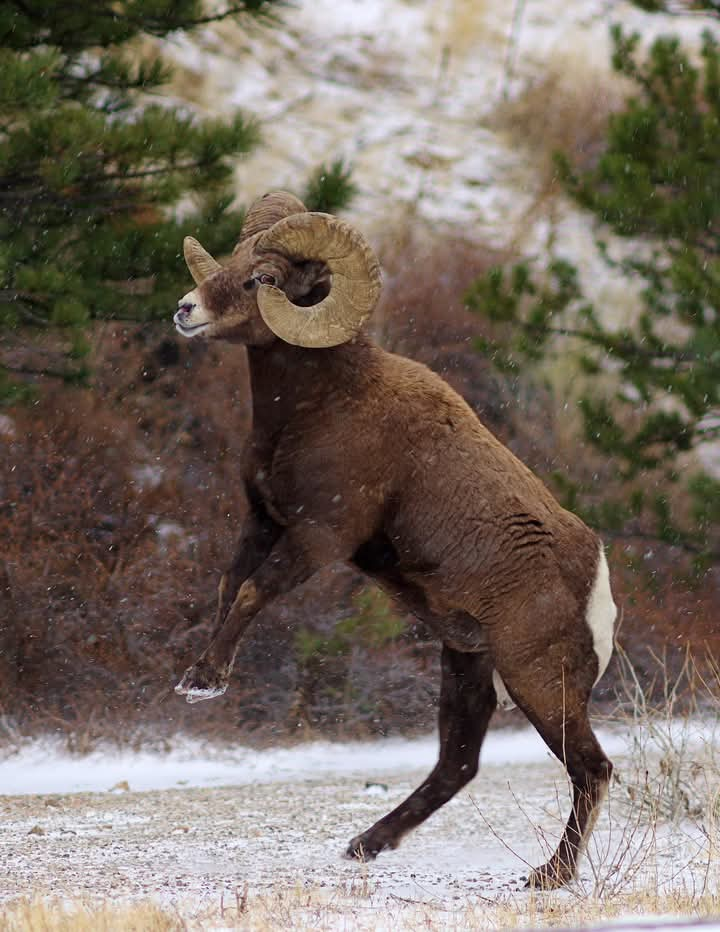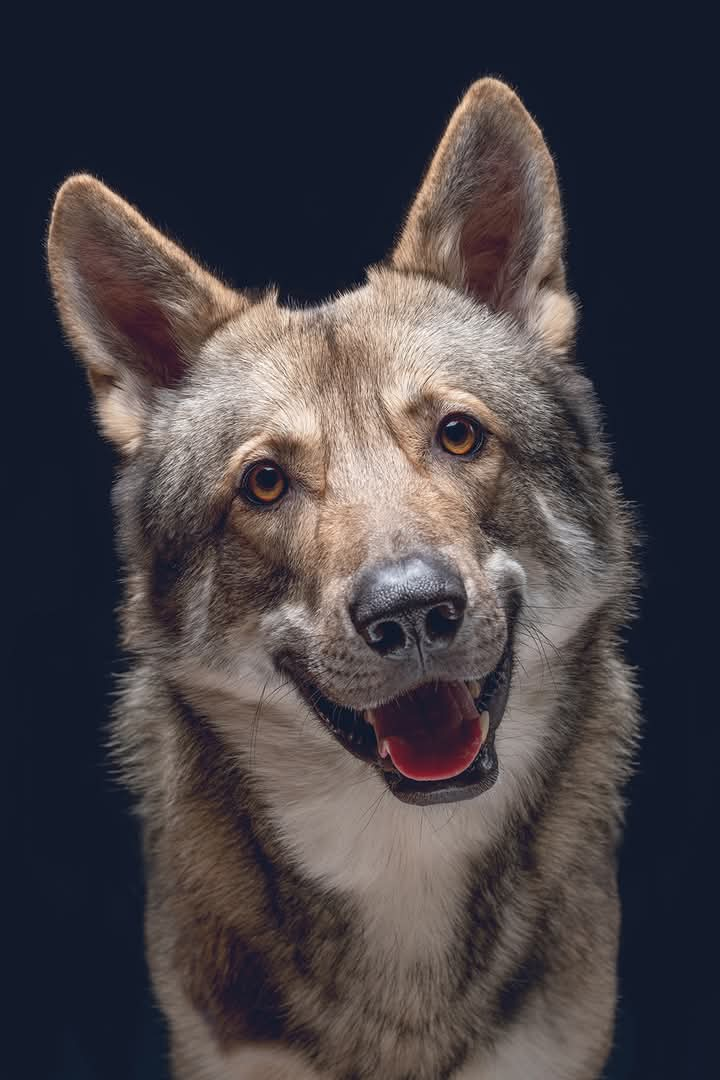The Majestic Rocky Mountain Bighorn Sheep: North America’s Mountain Giant
When most people think of sheep, they picture fluffy white farm animals grazing peacefully in green pastures. But high in the rugged mountains of North America lives a very different kind of sheep – one that embodies power, resilience, and wild beauty. The Rocky Mountain Bighorn Sheep stands as the largest wild sheep species on the continent, commanding respect from anyone fortunate enough to witness these magnificent creatures in their natural habitat.
A mature ram can tip the scales at over 300 pounds, making them truly impressive specimens of wildlife. To put this in perspective, that’s roughly the weight of a large motorcycle or a small piano. Standing over 42 inches tall at the shoulder – nearly four feet high – these animals possess a presence that’s both imposing and graceful. Their muscular build isn’t just for show; it’s perfectly adapted for life in some of the most challenging terrain imaginable.
What makes these sheep truly distinctive are their iconic curved horns. Unlike the wool-covered farm sheep we’re familiar with, bighorn sheep sport sleek, brown coats that change seasonally from light brown in summer to darker, grayer tones in winter. But it’s those magnificent horns that steal the show. A mature ram’s horns can weigh up to 30 pounds alone and can curl in a complete circle, sometimes growing so large they obstruct the sheep’s peripheral vision.
These remarkable animals call the steep, rocky cliffs and alpine meadows of the western United States and southwestern Canada home. From the Canadian Rockies down through Montana, Idaho, Washington, Oregon, California, Nevada, Utah, Colorado, Arizona, and New Mexico, bighorn sheep have adapted to thrive in environments where few other large mammals can survive. They’re equally at home navigating treacherous cliff faces and grazing in high-altitude meadows dotted with wildflowers.
The daily life of a bighorn sheep revolves around the constant search for food and water, all while avoiding predators like mountain lions, wolves, and bears. Their incredible agility allows them to bound up seemingly impossible rock faces, leaping gaps that would terrify most humans. This sure-footedness comes from specialized hooves with soft, rubbery pads that provide exceptional grip on rocky surfaces.
During mating season, typically in late fall, the mountains echo with the sound of rams clashing horns in dramatic battles for dominance. These confrontations can last for hours, with rams backing up and charging at each other at speeds of up to 20 miles per hour. The resulting collision creates a crack that can be heard over a mile away. Despite the violence of these encounters, serious injuries are surprisingly rare, thanks to the rams’ thick skulls and the structure of their horns.
Unfortunately, these magnificent animals face numerous challenges in the modern world. Habitat loss, disease transmission from domestic sheep, climate change, and human encroachment have all taken their toll on bighorn populations. Once numbering in the millions, Rocky Mountain Bighorn Sheep populations dropped to dangerous lows in the early 20th century. Through dedicated conservation efforts, hunting restrictions, and habitat protection, numbers have slowly recovered in many areas, though they remain far below historical levels.
Today, wildlife managers work tirelessly to monitor herds, manage grazing areas, and ensure genetic diversity through carefully planned relocations. These efforts have helped stabilize many populations, offering hope for the future of these remarkable animals.
For those lucky enough to spot bighorn sheep in the wild, the experience is unforgettable. Whether silhouetted against a mountain sunrise or gracefully navigating a cliff face that seems impossibly steep, these animals embody the wild spirit of North America’s mountain wilderness. They serve as a reminder of the incredible diversity and resilience of wildlife, and the importance of preserving the wild places they call home.
The Rocky Mountain Bighorn Sheep stands not just as the largest wild sheep in North America, but as a symbol of wilderness itself – powerful, beautiful, and perfectly adapted to one of the continent’s most challenging environments. In protecting these magnificent creatures, we preserve a piece of the wild that makes our mountains truly spectacular.






